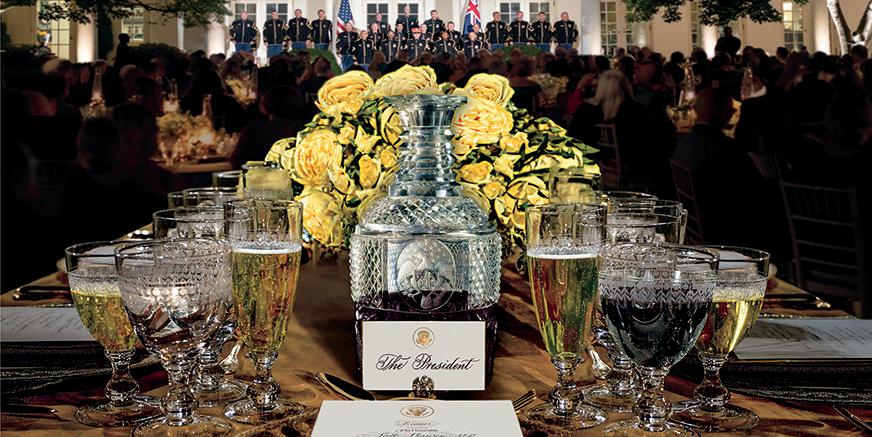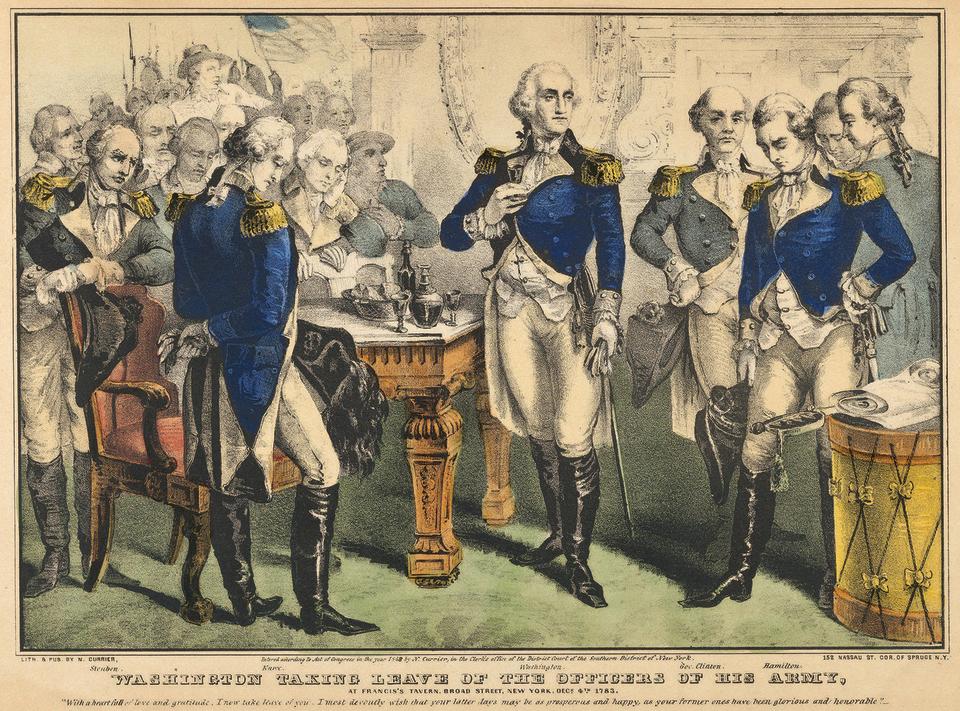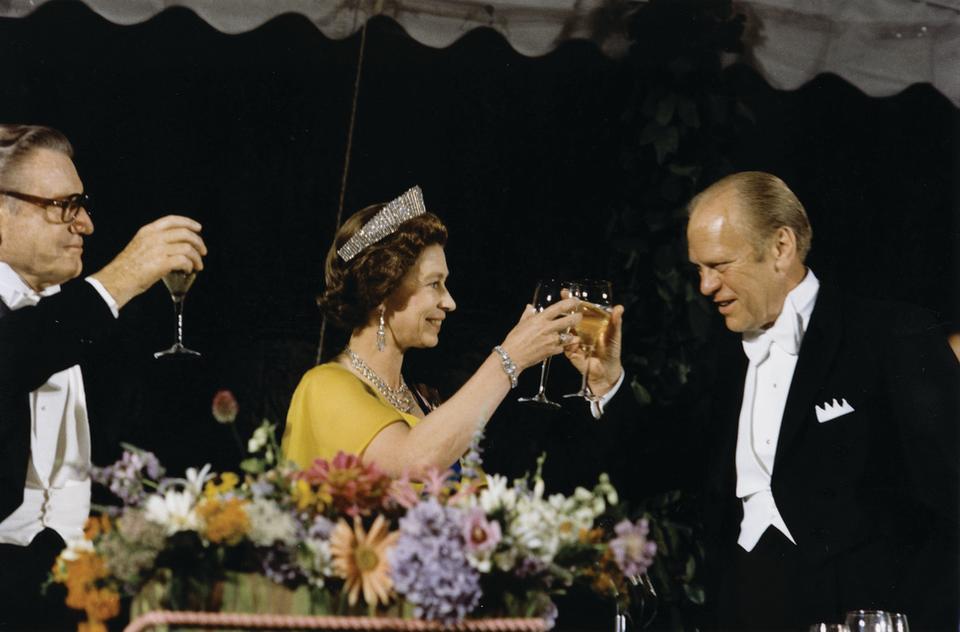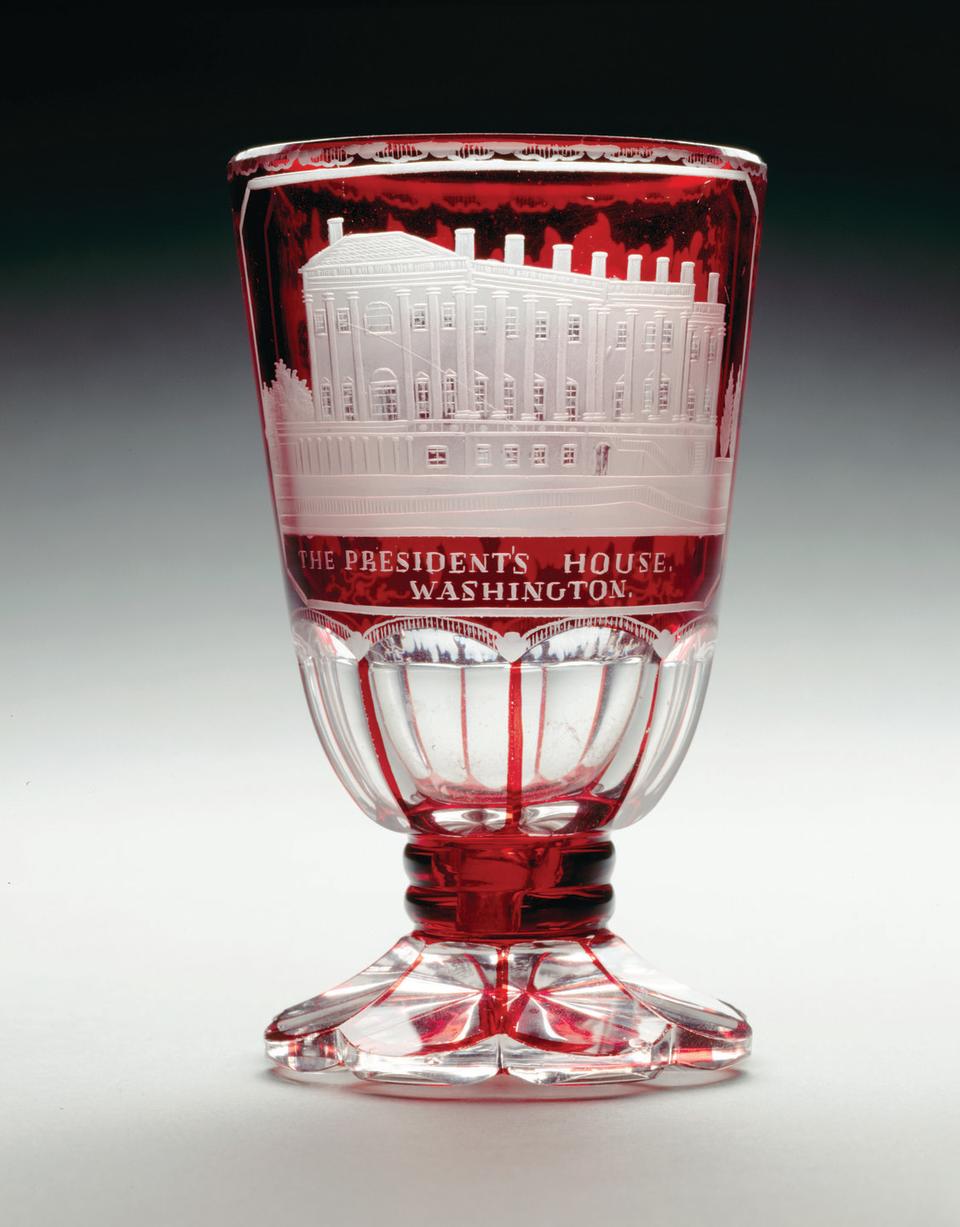The Presidents and Their Wines: "Wine and the White House" Tells All

If you didn't already know, it's clear that Frederick J. Ryan, Jr., Washington Post publisher and CEO and chair of the Board of Directors of the White House Historical Association, has a thing for wine. And we're all the luckier for it, as Ryan has written Wine and the White House: A History just in time for us to gift a copy to the oenophiles and presidential buffs on our holiday gift lists (and ourselves too, of course).
In Wine and the White House, Ryan is stupendously thorough, exploring every nook and cranny of historical archives to deliver a fascinating account of the magic elixir and its place in the history of the "People's House."

Organized by president, each man's tastes are recounted in exquisite detail and imagery. Even during the temperance movement, Ryan explains, U.S. presidents who abstained from alcohol themselves kept the White House's cellar stocked, understanding that the power of wine extended beyond the glass to diplomacy too.

It's not just the wines or the presidents who drank them that get top billing in the book. Notes and vivid imagery showcase the splendor of White House State Dinners, such as the showstopping 1817 gilded bronze plateau acquired by President James Monroe for the reconstructed White House (after being burned by the British during the War of 1812). Historical images fascinate too, such as an image of Moët Champagne in the personal collection of Woodrow Wilson at his home on S Street in Washington, D.C., where it's been stored for almost a century.
The best audience is one that is intelligent, well educated—and a little drunk. –former Vice President Alben Barkley
The book also contains a number of additional interesting sections. For example, one provides Thomas Jefferson's personal advice on purchasing "the finest European wines" in 1793 to wine merchant Henry Sheaff, including his thoughts on red Champagne ("the best is made by the Benedictine monks at Auvillaij") and sauterne ("this is the best white wine of France"). Another allows former First Ladies and social secretaries on both sides of the political aisle the chance to speak on the importance of wine when hosting White House events and dinners. And Daniel Shanks, a Napa Valley wine veteran and the first-ever Food and Beverage Usher, has a lengthy essay on the complicated choreography of selecting and serving wine at the White House.

From presidential toasts and delightfully detailed images of historic glassware to a progression of menus dating back to 1877 and catalog of vintages starting from 1953, Wine and the White House is exhaustively thorough in the very best of ways (it is, after all, more than 450 pages) and a perfect gift for the oenophile, presidential enthusiast, and history buff in every family.
Wine and the White House: A History by Frederick J. Ryan, Jr.
Published by: White House Historical Association (October 1, 2020)
You Might Also Like

